You are here
News

19/12/2012
The list of training events provided by Cineca in its three sites (Bologna, Rome and Milan) under a unified HPC training offer is now available!
05/12/2012
SCAI is the HPC department of CINECA. Its mission is to develop and promote technical and scientific services related to digital infrastructures for high performance computing, data intensive computing and repository for scientific data for the Italian and European research community.
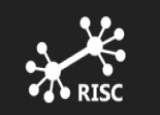
28/11/2012
A EC funded action for deepening strategic R&D cooperation between Europe and Latin America in the field of HPC by building a multinational and multi-stakeholder community to identify common needs, research issues and opportunities for cooperative R&D on HPC between EU and Latin America
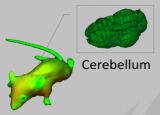
26/11/2012
In the occasion of the official inauguration of GARR-X, CINECA and LENS demonstrated, with a live demo, the enormous benefit of high performance network services.

20/11/2012
The Italian supercomputing system, installed at CINECA, reconfirmed in the top-ten of November 2012 Top500 ranking list

19/11/2012
For the first time Cineca was one of the exhibitors in the major High Performance Computing conference worldwide.
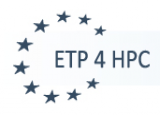
19/11/2012
The European Technology Platform for High Performance Computing was presented at SC12
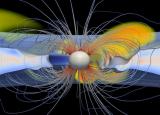
15/11/2012
It is now available PLUTO 4.0, the new version of a widely used modular code for computational astrophysics, developed at the Dipartimento di Fisica, Torino University in a joint collaboration with INAF, Osservatorio Astronomico di Torino and the SCAI Department of CINECA.

24/10/2012
3-day workshop whose aim is to introduce CFD researchers to use OpenFOAM suite for developing and optimize CFD applications running on HPC systems.
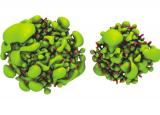
19/10/2012
Thanks to numerical simulations, scientists have investigated the role of nanoparticle interplay on the carrier multiplication dynamics of 2 interacting silicon nanocrystals for photovoltaic applications. Results provide theoretical foundations to recent experimental observations in the field of silicon-based photovoltaics and can foster the development of nanostructured 3rd-generation solar cells
